After my beach vacation (can you still call it a vacation if you haven’t been working?), I had one day in Nairobi to eagerly await Daniel’s arrival. It rained the entire day. I tried to figure out whether there was any way to waterproof our itinerary (metaphorically, not literally), but concluded that there was not. Lots of activities can be made fun in the rain but safari, camping, and going to the beach are not among them. Luckily, we ended up getting beautiful weather almost every day that he was here; the rain was very accommodating and came mostly at night.
The one really unfortunate consequence of the rain was that it flooded some of the roads in Nairobi on the night that Daniel arrived, and so he spent his one night in Nairobi sitting in traffic coming from the airport. On the plus side, getting stuck in traffic is truly an authentic Nairobi experience, unlike going out for sushi, which is what I initially planned for us that evening.
Rainy Nairobi sunset, which I watched from the hotel while Daniel was in transit:
The next morning, we left early to catch a shuttle bus to Arusha. Hopefully Daniel enjoyed the views of the Kenyan countryside, but the highlight for me was crossing the border into Tanzania, where the immigration officials treated us to a “This-is-Africa” moment on the visa line.
According to the Tanzanian embassy in the U.S., American citizens have to apply for a visa in advance unless they don’t have access to an embassy or consulate. Daniel and I still didn’t apply in advance because I had solid sources tell me that U.S. citizens can always get a visa at the border, but I was a tiny bit concerned that the immigration people would give us problems about not applying in advance. What actually happened when we got to the front of the visa line:
Visa guy: Where is your form?
Me: What form?
Visa guy: You must fill visa form.
Me: Okay.
Visa guy (handing us two long forms): Here. [hands us two long forms].
Me (starting to fill out the first line of the form): Thank you.
Visa guy (grabbing back the 1%-finished-form): I exempt you! Go wait for visa.
Five minutes later, our passports were returned with visas. It was all very official.
Once in Arusha, we settled in at our hotel and had a late lunch. We did not order #48, which pretty much sounds to me like rotten fruit.
We assumed it was a bad translation, but in Botswana, they sell sour milk everywhere, so you never know. Maybe formerly-fresh fruit is a real thing.
We spent the afternoon wandering around Arusha, and then tried to go out for an authentic African dinner, but somehow ended up at a Chinese restaurant. Chinese food in Africa doesn’t sound promising, right? But China is investing heavily in Africa and is sending its people along with its money, so we ended up having very authentic and delicious Chinese food, complete with a table of drunk Chinese men next to us.
We spent the next day driving from Arusha to Serengeti National Park, passing through the city, surrounding villages, the Ngorongoro conservation area, and a Maasai village.
A crowded market in Arusha:
Shops near the villages just outside of the city:
Most African women carry their babies on their backs, securing them with a piece of cloth that somehow seems to keep the baby warm, stable, and happy, and mom’s hands free to carry other things.
Trying a red banana, which I never knew existed before — they’re very good!
The scenic part of the drive — Farms; mountains; valleys.
We stopped for about an hour on the way to visit a Maasai village in the Ngorongoro conservation area. The Maasai are one of the largest tribes in Kenya and northern Tanzania, and are definitely the most visible, since they commonly wear traditional clothing and jewelry. The Maasai are the only people allowed to live in the Ngorongoro conservation area, where they still maintain a semi-traditional lifestyle.
The village consists of a circle of huts that are made mostly from sticks, mud, ash, and cow dung. Inside, there is another circular structure that encloses the cows and goats at night; during the day they are taken out to graze by the young boys. Traditionally, the boys are also expected to sleep with the livestock.
A Maasai welcome dance, which includes a lot of jumping by the men and a lot of necklace-shaking by the women:
Daniel and I sitting on a bed made from an animal skin in one of the huts (in case you’re wondering, no, it did not seem comfortable to sleep on):
And finally, I have struggled over whether to include photos of this little guy, who insisted on accompanying us on the second half of our village tour (by grabbing onto my fingers and refusing to let go). I’m still not clear on where the line is between icky and not-icky (yes, I’m always so articulate on this subject), but this feels like a gray area, and therefore I should probably err on the side of not posting. But I’m being swayed by a few factors, mainly that (1) the adults in the community kept encouraging us to take photos, which is the only reason that I even have these in the first place; and (2) this kid is carrying a tiny mini walking stick to imitate his father. It’s just too cute. I don’t think I can resist sharing it.
By the way, speaking of potentially-exploitative photos of children, I have a random fact observation that I meant to share in an Ethiopia post but forgot about at the time. Ethiopian flies are the most aggressive in the world. I have no actual proof of this, but my own experience has been that American flies just buzz around you; other African flies regularly land on you but fly off almost immediately; and Ethiopian flies will actually land on you and stay until you physically remove them, to the extent that when you’re standing still you start shaking your hair around and stomping your feet like an animal. My point is that when you see photos of Ethiopian kids with flies all over their faces, it doesn’t necessarily mean that they are dirty and sick (although unavailability of clean water to wash oneself and certain eye infections common among children living in impoverished areas do attract more flies). In my (admittedly limited) experience, Ethiopian kids are much more dignified than I am about living with the flies rather than constantly shaking and swatting them like a crazy person.
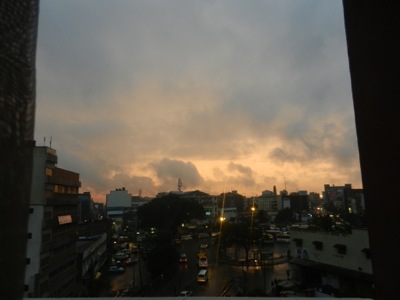


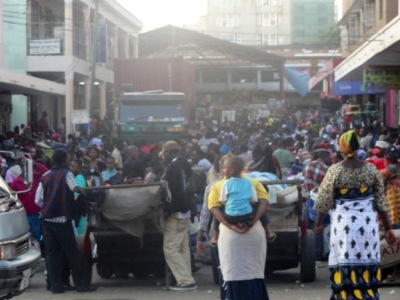


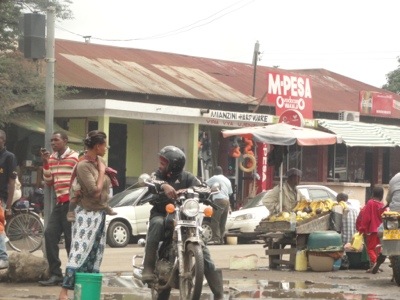
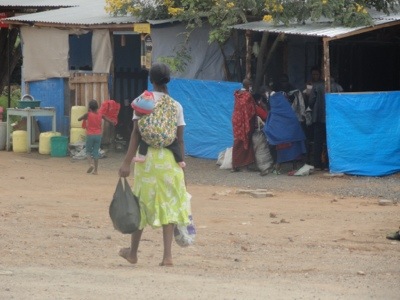

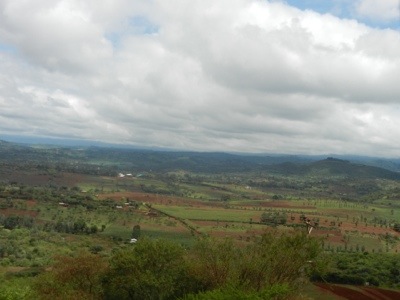
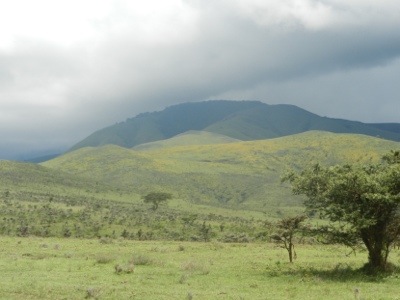
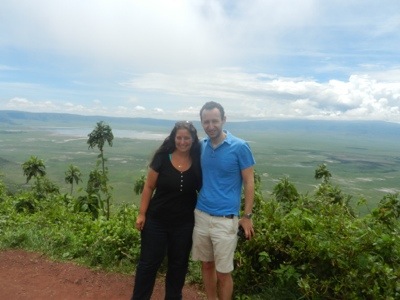
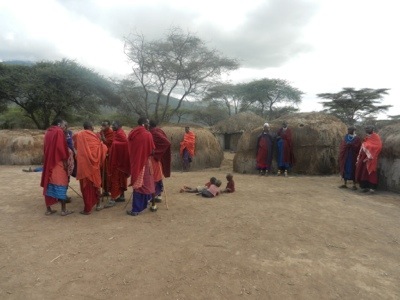
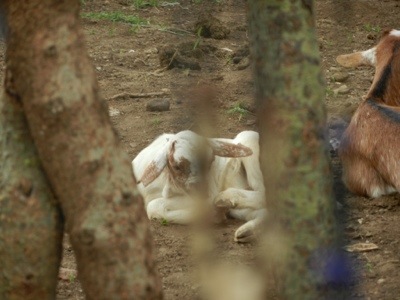
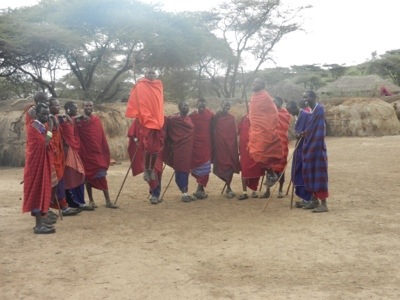
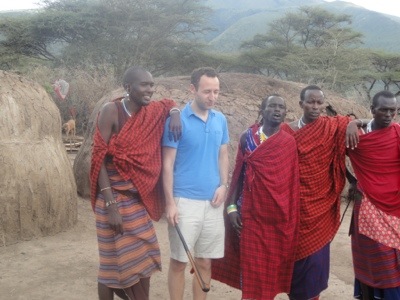
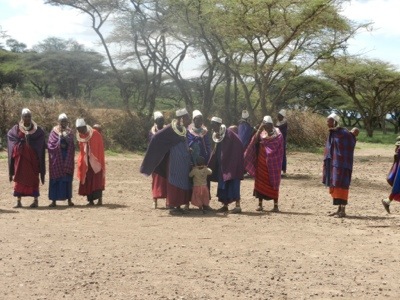

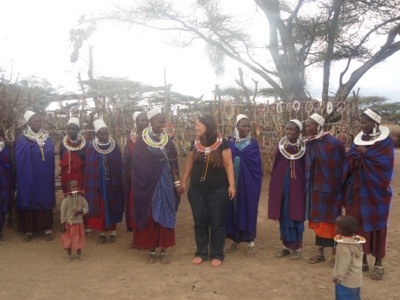
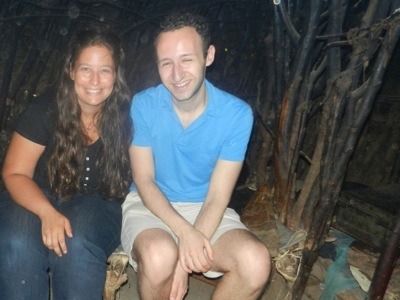

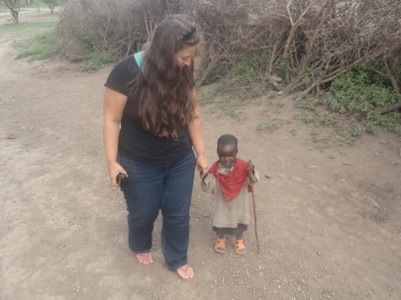
loved seeing you and Daniel together enjoying –
did not like the flies and hope you were’nt bitten
can’t wait to read more of your experiences…
Mom
I had my first red banana in India over 20 years ago. it was the best banana I ever ate and still remember it! It was delicious!